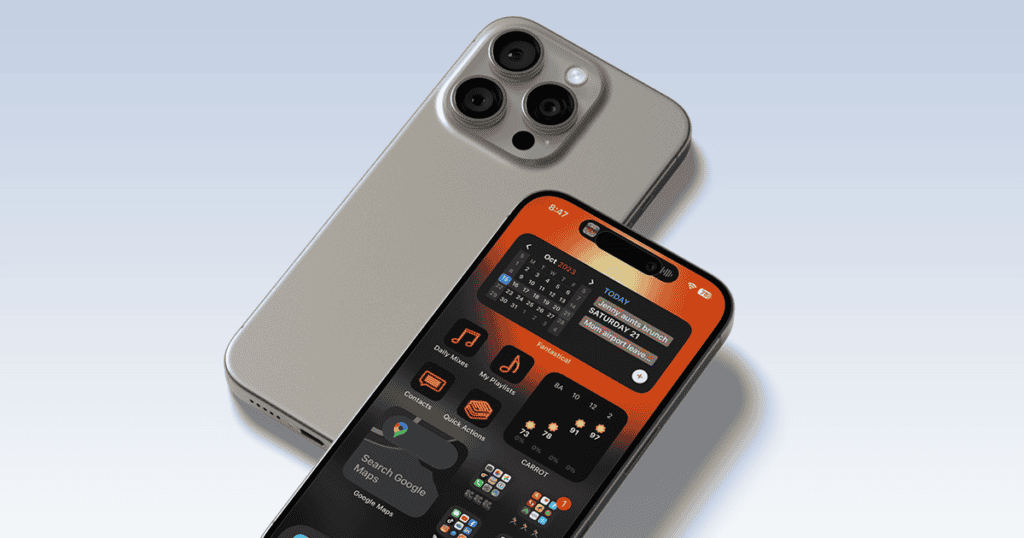Apple is exploring the use of advanced CMOS image sensors (CIS) from Samsung, potentially debuting in the iPhone 16 later this year, according to a report by The Elec.
Final Quality Assessment in Progress
Currently, Apple is conducting a final quality assessment on CMOS image sensors supplied by Samsung System LSI, the logic business unit of Samsung. These sensors are intended for the main camera of the forthcoming iPhone 16. Historically, Apple has relied exclusively on Sony for its CIS needs, but recent developments suggest a strategic shift due to concerns about reliability and the need to incorporate new technologies into its camera systems.
Shifting from Sony to Samsung
The decision to collaborate with Samsung is reportedly due to issues Apple encountered with Sony last year. Apple requested that Samsung begin developing new image sensors in 2023 after Sony failed to deliver on time, which caused delays in setting a launch date for the iPhone 15. If Samsung passes the current quality tests, it will be the first time the company supplies a CIS for iPhones.
Innovations in Samsung’s Image Sensor Technology
The new image sensor developed by Samsung features an advanced three-wafer stack design, with each wafer housing distinct elements:
- Photodiode
- Transistors
- Analog digital converter logics
This design contrasts with the current two-stack design used in previous iPhone image sensors, which combine the photodiode and transistors on a single wafer.
Benefits of the Three-Wafer Stack Design
- Higher pixel density
- Reduced noise
- Smaller pixel sizes
In a CIS, the photodiode converts light into electrical signals, while four transistors handle the transfer, amplification, reading, and erasure of these signals. Separating these components into three wafers allows for higher pixel density, reduced noise, and smaller pixel sizes.
Wafer-to-Wafer Hybrid Bonding
The new technology employs wafer-to-wafer hybrid bonding, which directly attaches these wafers through a copper pad, eliminating the need for signal-transferring bumps. This method makes the CIS smaller and increases data transfer speeds.
Expected Features of the iPhone 16
The iPhone 16 lineup is anticipated to launch in the fall, featuring new camera advancements such as:
- Dedicated “Capture” button
- 48-megapixel Ultra Wide camera
- Advanced CIS from Samsung
MacReview’s Take
The potential inclusion of Samsung’s advanced CMOS image sensors in the iPhone 16 marks a significant shift in Apple’s strategy. This move could enhance the iPhone’s camera performance, offering users better image quality and faster data transfer speeds. As Apple continues to innovate, these advancements will likely set new standards in smartphone photography. At MacReview, we are eager to see how these changes will impact the overall user experience and camera capabilities of the iPhone 16.



